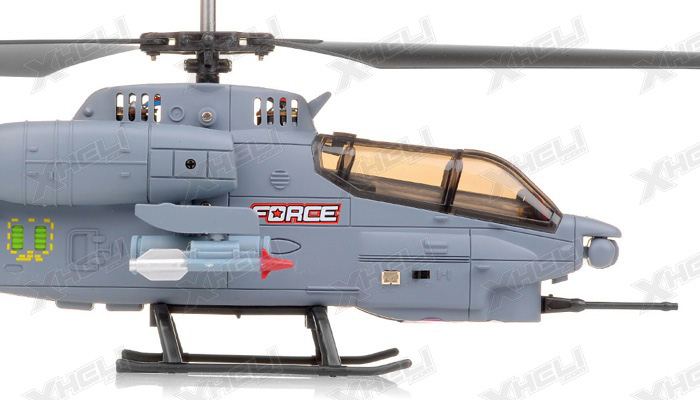
For some subjects like gunships, 1/72 is a more practical scale though even in this scale, an AC-119K is not going to be a small model. Today, I am much more pragmatic and realize that a 1/48 B-52 or a 1/32 Lancaster might be interesting, but I already lack enough shelf space to park all the models I've built to date. In those days, I was focused on 1/48 scale aircraft and 1/35 armor, so subjects like these while interesting, were simply in the wrong scale. This kit was released in the mid 1980s which doesn't sound that long ago to me until I do the math - thirty years ago. The kit of course is the Testors 1/72 AC-119K Stinger which dates back to a time when Testors used to have a wide range of kits under their brand (which were reboxed Italeri kits). I was visiting huge hobby shop in Denver (Colpar Hobbies) a few weeks ago and spotted a classic kit on their sale shelf that became fixed in my hands until purchased and stowed safely in my Jeep. The 'Dollar Nineteen' gunships served with US forces through 1971 when they were retired in favor of more advanced AC-130 airframes. In addition to the firepower, the AC-119K was also equipped with a variety of sensors to seek out and engage targets along the trail. The AC-119K had two of the 7.62mm minigun systems as used on the AC-47, AC-119G and early AC-130A, and these were supplemented with two 20mm Vulcan cannons which also armed the AC-130. The AC-47 and AC-119G were primarily tasked with COIN/fire support missions, the AC-130A and AC-119K had greater firepower which was used to interdict the supply lines along the so-called Ho Chi Mihn Trail.
#Testors gray gunship evom series#
A series of platforms were modified into gunships: The concept was a success as the gun could be kept on target using the now-standard 'gunship turn'. 50 caliber machine gun in a side-firing mount to test their concept. Some engineers at Eglin AFB modified a C-131 Samaritan with a. In order to bring quick-response firepower to bear against the VC, especially at night, a fixed wing gun platform was needed to suppress the enemy and support the friendly forces on the ground.

After defeating the French forces that preceded the US, the Viet Cong quickly turned their experienced tactics against US outposts and airbases around South Vietnam. When the United States entered the Vietnam war in the early 1960s, US airpower was still oriented toward a potential third world war and was not ready for a counter-insurgency war against the Viet Cong nor the complicated proxy war in the north against North Vietnam and its communist allies.


 0 kommentar(er)
0 kommentar(er)
